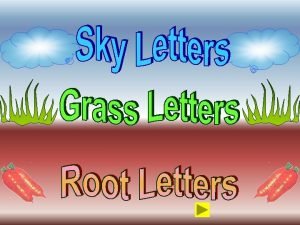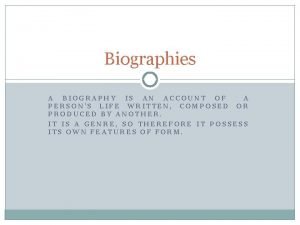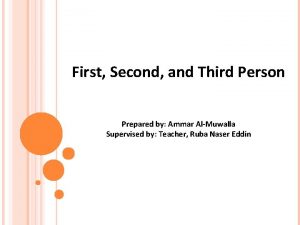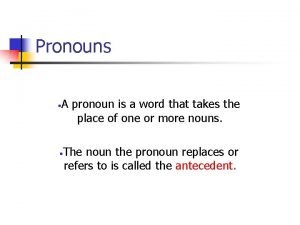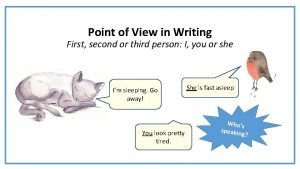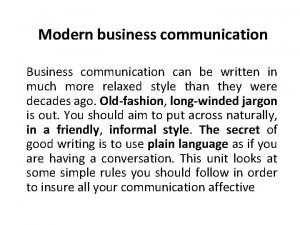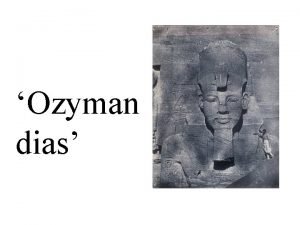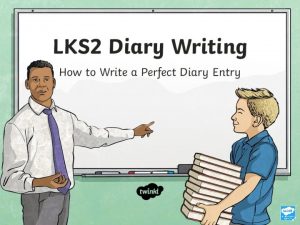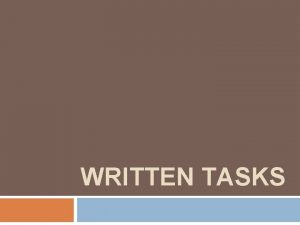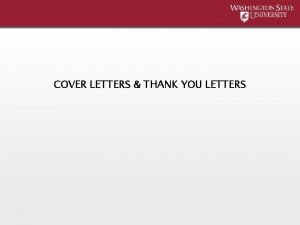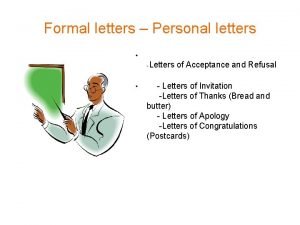Writing Letters Letters are written a person or










- Slides: 10

Writing Letters

Letters are written a person or a group of to people… To a person: Your pen friend; a newspaper editor To a group of people: The students’ society; the local sport club Letters are written for a specific reason: to give some advice, to get some information, to make a complaint.

According to their style letters can be divided into following groups: Informal letters to people you know well – a close relative, your best friend, etc. You should use informal or a personal chatty style. Formal letters to someone you don’t know, or to someone who is in authority - to the officials, to managers of a hotel, a doctor, etc. You should use a polite formal style. Semi-formal letters to people you don’t know well or people you know, but you want to sound polite and respectful – teachers of yours, your friend’s parents, etc. You should use respectful semi-formal style.

What should all letters include? Address Date An appropriate greeting. e. g. Dear Sir/ Madam, Dear Mr. Brown, Dear Bob An introduction, in which you write an opening remarks and reasons for writing e. g. I’m just writing to congratulate on passing your exams; I’m writing to apologize for…; I was sorry to hear …

A main body, in which you write about the specific topics of the letter in detail A conclusion, in which you write your closing remarks. The Complimentary close of the letter should be finished with an excuse to stop writing. e. g. Please, write soon; Can’t wait to hear from you; I’d better sign off now; That’s all for now … An appropriate ending and name. Write a closing salutation and the signature e. g. All the best; All my love, etc + your first name (informal) Yours faithfully/sincerely + your full name (formal)

Some drilling exercises. You can use in informal letter: 1. Anyway, that’s my news for now 2. I hope you’re enjoying the holidays as much as I am 3. Write back soon and let me know how are you getting on 4. Firstly 5. What is more 6. Really love 7. I’ve been meaning to write to you for ages 8. Don’t worry 9. By the way 10. I’ll pick you up

Mark the phrases as F (for Formal) or I (for Informal) I am writing to express my strong dissatisfaction with… Please accept my sincere apologies… I am writing in response to your advertisement… I would also appreciate some information about… Well, I must go now… Thanks for invitation to your party… You are cordially invited to attend… I look forward to meeting you in person… I won’t take no far for an answer… I’m so sorry to hear you’re having problem with… Just a quick note to tell you… Please do not hesitate to contact me… We regret to inform you that… Write back soon… I am writing to bring to your attention the…

In which part of informal letter you can use these words and expressions; which of them are linking words: Well, I’d better go now as I have to do my homework. Thanks a lot for your letter. Keep in touch. Lots of love As for me It was great to hear from you (again) So All my love Actually I’m glad you passed your English test I’m sorry I haven’t answered earlier, but I was really busy with my schoolwork. By the way I’ve (got) to go now. It’s time for (my favourite TV-show) Hope to hear from you soon Write back soon Well I can’t wait to hear from you Anyway Drop me a letter when you can

An introduction 1. Thanks a lot for your letter 2. It was great to hear from you (again) 3. I’m glad you passed your English test 4. I’m sorry I haven’t answered earlier, but I was really busy with my schoolwork. A conclusion with closing remark An ending 1. Well, I’d better go 1. Lots of love now as I have to 2. All my love do my homework. 2. I’ve (got) to go now. It’s time for (my favourite TVshow) 3. Write back soon 4. Keep in touch 5. Drop me a letter when you can 6. Hope to hear from you soon 7. I can’t wait to hear from you Linking words/phrases 1. 2. 3. 4. 5. 6. Actually Well By the way Anyway So As for me

So, today we have talked about writing letters. How can we divide letters according to their style? ( informal, semi-formal) What should all letters include? (a greeting, a main body, a conclusion, an ending) Don’t forget: Write the logical paragraphs Count the words in your letter In informal letters you can use short forms like hasn’t, don’t, haven’t been Have you got any questions?
 Insidan region jh
Insidan region jh Root grass and sky letters
Root grass and sky letters Biography features
Biography features Plural 2 person
Plural 2 person First second or third person
First second or third person Person person = new person()
Person person = new person() First person second person third person chart
First person second person third person chart First person vs third person writing
First person vs third person writing Modern business letters are usually written in
Modern business letters are usually written in Write the summary of the poem ozymandias
Write the summary of the poem ozymandias Diary entry tense
Diary entry tense

